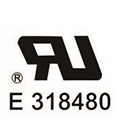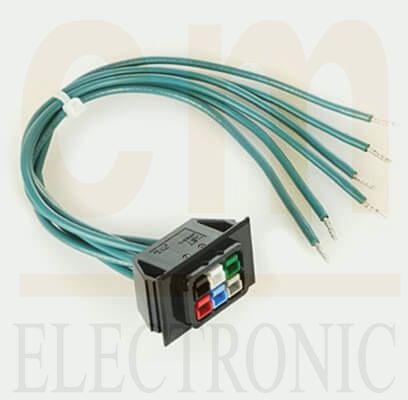In the intricate network of automotive components, the power cable wire harness plays a pivotal role in ensuring the smooth and efficient functioning of a vehicle's electrical system. It serves as a complex interconnection system that consolidates various cables, wires, and connectors to transmit power and signals between different components within the automobile.
An automotive power cable wire harness typically consists of multiple components, including wires, connectors, terminals, protective sleeves, and insulating materials. These components are meticulously arranged and bundled to create a harness that can withstand the harsh automotive environment, protecting the cables from abrasion, heat, and other external factors.
The design of the wire harness takes into account the specific requirements of the vehicle and its various electrical systems. It involves determining the appropriate gauge of wires, selecting connectors with the right specifications, and ensuring that the overall layout is optimized for efficient power distribution and signal transmission.
The automotive power cable wire harness serves as the central nervous system of a vehicle's electrical architecture. It facilitates the seamless communication between different electronic components, such as the engine control unit, sensors, lights, and other vital systems. This interconnected network ensures the timely and accurate transmission of signals and power, contributing to the overall performance, safety, and reliability of the vehicle.
Ensuring the quality and durability of the power cable wire harness is paramount. Automotive manufacturers adhere to stringent standards and conduct rigorous testing to guarantee that the harness can withstand the demanding conditions of daily driving, temperature variations, vibrations, and exposure to elements. High-quality materials and precision manufacturing processes are employed to create a reliable and long-lasting product.













